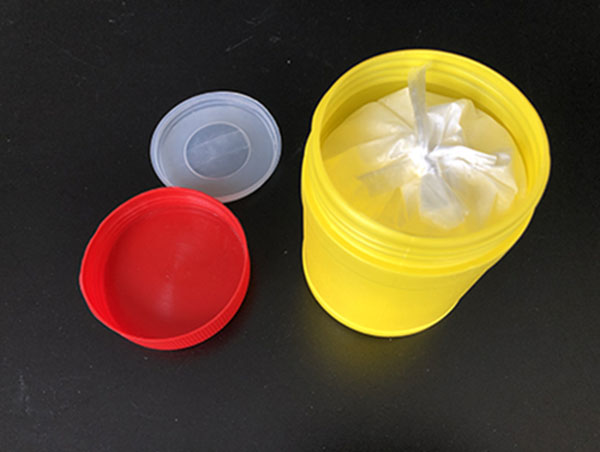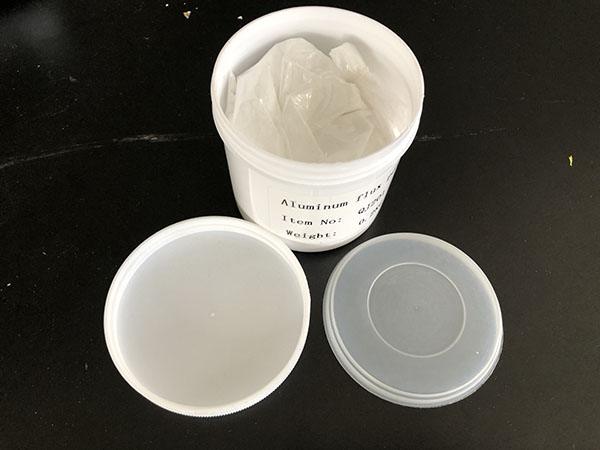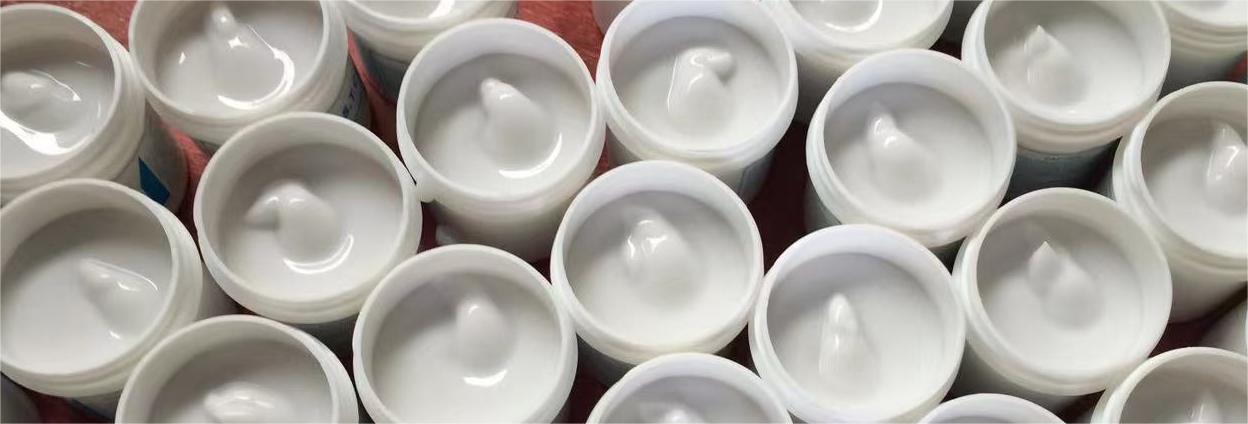what is the purpose of flux when brazing?
The concept of brazing flux
Lets first understand braze joining.
Braze joining is used to join two metal pieces or parts without affecting the internal structure of metal pieces to be joined. Internal structure and thus properties of a metal parts are affected by heat. So in brazing process temperature is kept below the critical temperature, which is required to initiate internal structure change process.
So in braze joining metal pieces to be joined are heated together with a third material which has low melting point to the melting temperature of third material which is called filler materiel. This filler material flows into the gap between two metal pieces by capillary action and when it gets solidified metal pieces are joined.
The joint strength between two metal pieces depends on:
1.Cleanliness of metal pieces surfaces, that means, surfaces should be free from any kind of contamination.
2.Presence of metal oxides on surfaces:
METAL+FILLER material = SOUND JOINT.
Metal oxide+ FILLER material = WEAK JOINT.
Now question comes how we can get metal surfaces which are to be joined, free from contamination and oxides?
Non oxides contamination can be removed by mechanical method like solvent cleaning and mechanical grinding. However oxides contamination are really difficult to remove as oxides layers keep on forming and oxide formation becomes fast on heating in brazing process. So how oxide formation can be stopped?
For this we have to introduce a de-oxidizer in brazing system.
This De-oxidizer is called FLUX.
The type of brazing flux
White brazing flux
The white paste flux is used for 90% of silver brazing applications. White flux is useful for brazing copper, brass, steel, stainless steel, and nickel alloys. It has an active temperature range of 1050 -1600°F (565 - 870°C). Use it with the high silver brazing filler metals (AWS BAg series) on the above base metals, and the phos-copper-silver (AWS BCuP series) on copper to brass.
Powder brazing flux
This is similar to the white flux except in a powder form. Because it's powder, it will not separate or harden during storage (keep lid tightly closed as the flux will draw moisture from the air). The flux can be used in its powder form by heating the end of the brazing rod or wire and dipping it in the flux. This is sometimes called "hot rodding". The flux will adhere to the heated rod. The flux can also be mixed as needed with water or alcohol to form a paste, which can then be applied to the part prior to brazing. This flux has a temperature range of 1200 - 1600°F (650 - 870°C).
Borax-based fluxes
In addition to being a common ingredient in detergents and many other products, borax has long been used as a flux in welding processes, including brazing. Borax improves the flow of filler metals and reacts with certain oxides to lower their melting points.
Aluminum and magnesium fluxes
Low melting points and outstanding chemical reactivity make these fluxes useful for handling oxidation problems when brazing aluminum components.
Silver fluxes
Compounds of potassium borates, boric acid, and other chemicals typically are used with materials that are prone to forming oxides. This type of flux is useful for brazing components made from cobalt and nickel, among others.
Alkaline fluxes
When a braze project will work at exceptionally high temperatures, a flux containing alkaline borates and boric acid can be used. These are suitable when the component materials themselves require high temperatures.
The purpose of flux when brazing
Protect joint surfaces from oxides that form during heating. As the flux melts and becomes active, it absorbs oxides and helps in the flow of the brazing alloy.
When brazing copper to copper you can use a phosphorus bearing filler metal like Sil-Fos or Fos-Flo because they contain phosphorus which acts as a fluxing agent.
If you’re brazing copper to steel, as typically found in compressor or valve assemblies, you’ll need to use a phosphorus-free filler metal like Silvaloy plus flux,otherwise the joint will be brittle.
When brazing brass,you can use a phosphorus bearing alloy,but you have to use flux here as well.
You can apply flux to the joint in many ways as long as it can flow into the complete joint.
You can apply flux with a brush,or it can be incorporated directly into the filler material in the form of flux cored or flux coated wire or rod.
No matter how you apply it,you need to make sure excessive flux doesn’t get inside the parts---otherwise it will contaminate the system.
Aluminum brazing flux
Aluminum brazing has become prevalent in the automotive and HVAC/R industries. Most manufacturers are using all-aluminum or mostly aluminum components, including evaporator and condenser coils, distributors, liquid and suction lines. There are two families of fluxes are available: corrosive and non-corrosive.
Corrosive flux has been the standard for joining aluminum materials. Corrosive flux is water-soluble, containing both chloride and fluoride salts. Residues can be washed off the parts with a solution of nitric acid and water, and the resulting braze joint has a clean appearance.
The automotive industry commonly uses this flux on automotive under-the-hood assemblies where visual appearance is critical. Corrosive flux is also used in electrical/heat sink applications because non-corrosive flux residue acts as an insulator and cannot be easily removed.
The key benefit of non-corrosive flux is the elimination of post-braze washing. Many automotive customers have transitioned to using non-corrosive flux because eliminating the post-braze wash process eliminates the potential for corrosion from the corrosive flux residue and reduces leaks and warranty issues over time.
Beiduoalloys offers several different options for non-corrosive flux, depending on your aluminum alloys and your applications.
Silver brazing flux
Silver Brazing Flux is a low temperature item. It is active and protective at about 600° C. Application of this Flux in paste or powder form for dissimilar or similar metals give stronger and clean joints hence this is accepted General Purpose Flux for use with all low temperature Silver Brazing Alloys. It will successfully flux all the common engineering materials and its residues are soluble in hot water.
Silver brazing flux for carbide tipped tools
It is a high temperature. Silver Brazing Flux well suited for Silver Brazing Alloys containing Nickle. It is recommended to use in paste form, where pre-fluxing on the job is done. This Flux has excellent fluidity and cleaning activity at about 650° C. Its stronger cleaning properties at higher working temperature makes it most suitable for tools brazing.
Copper brass brazing flux
This Flux has good fluidity, cleaning activity and low moisture contents. Application of this Flux in paste or powder form for copper base alloys to be brazed to similar alloys give stronger and cleaner joints. Active temperature of this Flux is ranging from 780-1050°C.






